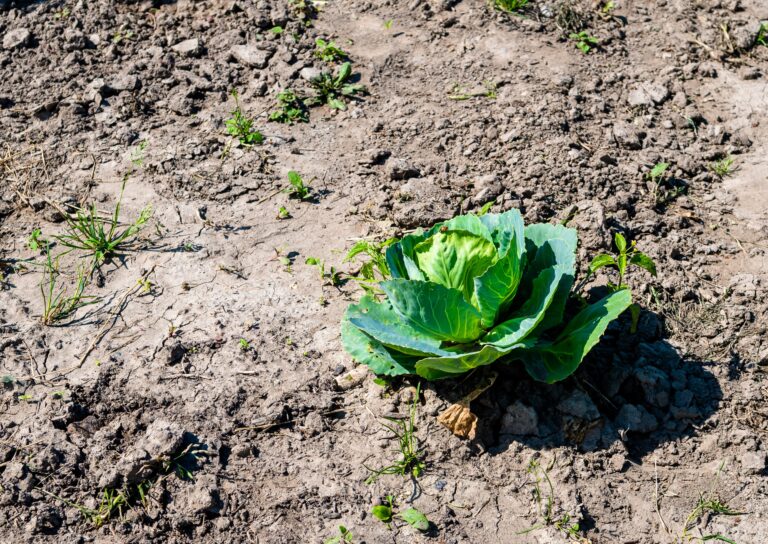With the worldwide changes in weather patterns, along with the associated increases in temperature and extreme weather events, climate change and its variability are becoming an increasing threat to the safety of the food supply chain. As discussed in Climate Change and Emerging Food Safety Issues: A Review (Journal of Food Protection), these can include changes that:
- Heighten the occurrence, persistence, virulence and/or toxicity of foodborne pathogens.
- Intensify the risk of food contamination chemical hazards, such as pesticides, mycotoxins, and heavy metals.
- Increase emerging food safety concerns (e.g., shortage of safe irrigation water, greater use of pesticides due to pest resistance, cold-chain issues, flash flood run-off of chemical contaminants in natural water courses, etc.)
- Lead to increased incidence of contaminants like Salmonella in poultry.
- Result in a rise in foodborne illness.
Together, these may result in more foodborne infections and intoxications, antimicrobial resistance, and long-term bioaccumulation of chemicals and heavy metals in the human body. Thus, ensuring food safety under a changing climate requires both mitigation (taking action to reduce greenhouse gas [GHG] emissions) and adaptation (altering human behaviors to adjust to the inevitable climatic changes) strategies by government leaders, regulatory officials, individuals, and industry to help “climate-proof our food systems.”
With a key focus on GHG emission, which is cited as the principal cause of climate change as it impacts temperature, relative humidity, precipitation, and UV, the authors of the review in the Journal of Food Protection see energy efficiency improvements as the easiest and quickest way to reduce GHG emissions. But countries and political leaders need to work together, even though it is not an area in which all countries “have the political will to participate.” Following are their key related mitigation and adaptation strategies:
- Mitigation. Mitigation techniques could include governments effecting a carbon tax on CO2-emitting energy sources with the tax increasing as energy consumption increases. This would provide monetary incentives for energy conservation and encourage transportation fuel efficiency. Suggestions focused specifically toward the food industry include the further adaptation of good agricultural practices such as techniques to capture methane from landfills or animal wastes for electricity. Whatever strategies are implemented, substantial GHG emission reduction will require drastic change, such as shifting from the carbon economy to a sustainable energy economy and using alternative energy sources (e.g., solar energy, hydropower, wind, geothermal energy, biofuels, and nuclear power). Such mitigation techniques also could include carbon sequestration in natural systems (e.g., soil) through large-scale reforestation, increased organic matter, and farming techniques (e.g., no-till farming and crop rotation and research).
- Adaptation. While mitigation is essential, it also will be necessary for individuals and businesses to adapt to climate changes because the GHG emissions already present will cause temperatures to continue to rise. Along with the building of rainwater storage systems to alleviate damage caused by floods and provide water to be used during drier periods, and the reinforcement of protective levees on coastal areas, the authors provide adaptation examples of developing crop strains that require less water and soil moisture; earlier planting of crops; and moving farms to more climatically hospitable areas.
There are, however, challenges with both mitigation and adaptation strategies including expense, safety considerations/perceptions (e.g., nuclear power), and the need for cooperation among individuals, countries, and governments.
Beyond such strategies, the authors also see a need for increased interdisciplinary research and concerted efforts among food scientists, public health officers, epidemiologists, veterinarians, meteorologists, and statisticians to better understand and address the impacts of climate change on food safety. The world does have a start on this with the current global foodborne disease surveillance programs that enable near real-time updates on the occurrence of foodborne disease outbreaks and epidemiological data. But further work is needed on correlating this information with climatic occurrences.
There also is a need for further work in earlier detection of pathogens, toxins, and chemical residues in food as well as enhancing traceability of foodborne illness. All of this would help in the early and real-time detection of outbreaks and emerging foodborne disease trends. The development of natural disaster food safety preparedness plans and food safety/public health education and awareness campaigns should be of national priority for all countries.
Referencing COVID-19 as a concrete example of an emerging disease that resulted in an unprecedented global pandemic, the authors state that science-based risk analysis must be the basis of decision making to devise approaches for “climate proofing” our food systems.
TAG’s take on the article discussed above is an endorsement of the need to recognize that the world is changing. Change typically creates new risks that we may not be aware of or even thinking about. So, while solving climate change is clearly a global challenge, what is important to all our readers is to understand that risks are changing and likely increasing. Only by understanding this can a food company anywhere in the supply chain create programs to ask the right questions around risks and thus create programs to manage those risks.
While the suggested strategies to address climate change are global in nature, the work – as is said – begins at home. Taking this to heart, TAG has developed new programs focused on the relationships between public health and food safety to assist clients in continuing to protect both workers and food products, and to enable continuous adapting to change, whether it comes in the form of climate change, emerging diseases, or food safety technologies.






